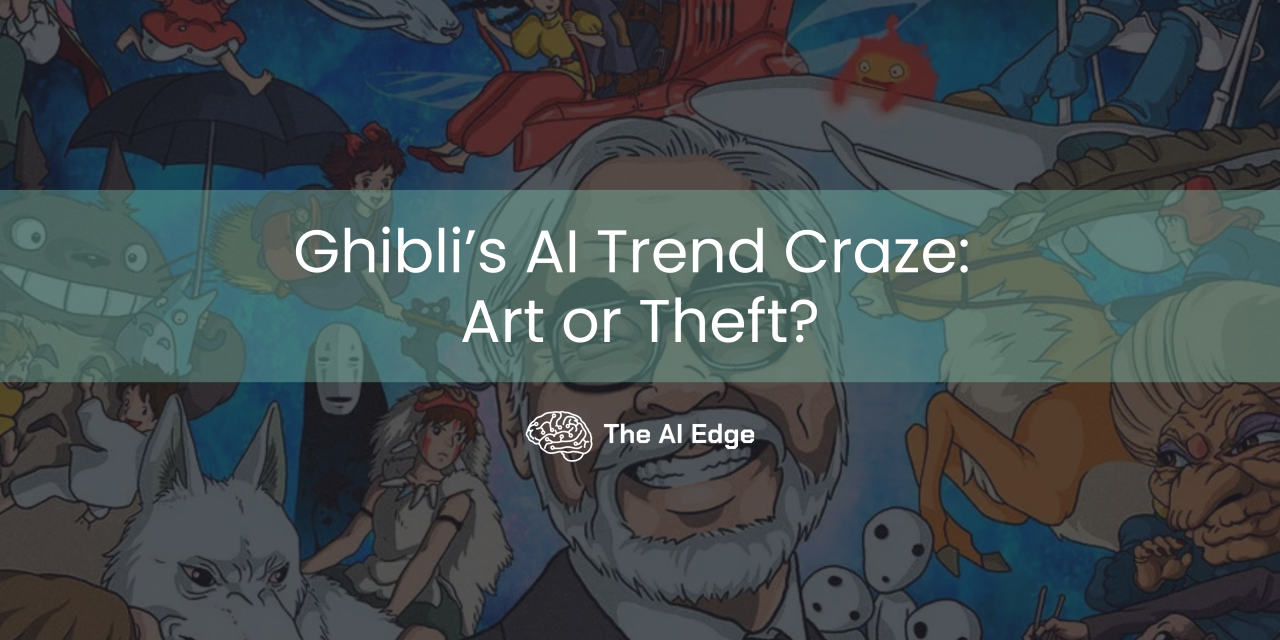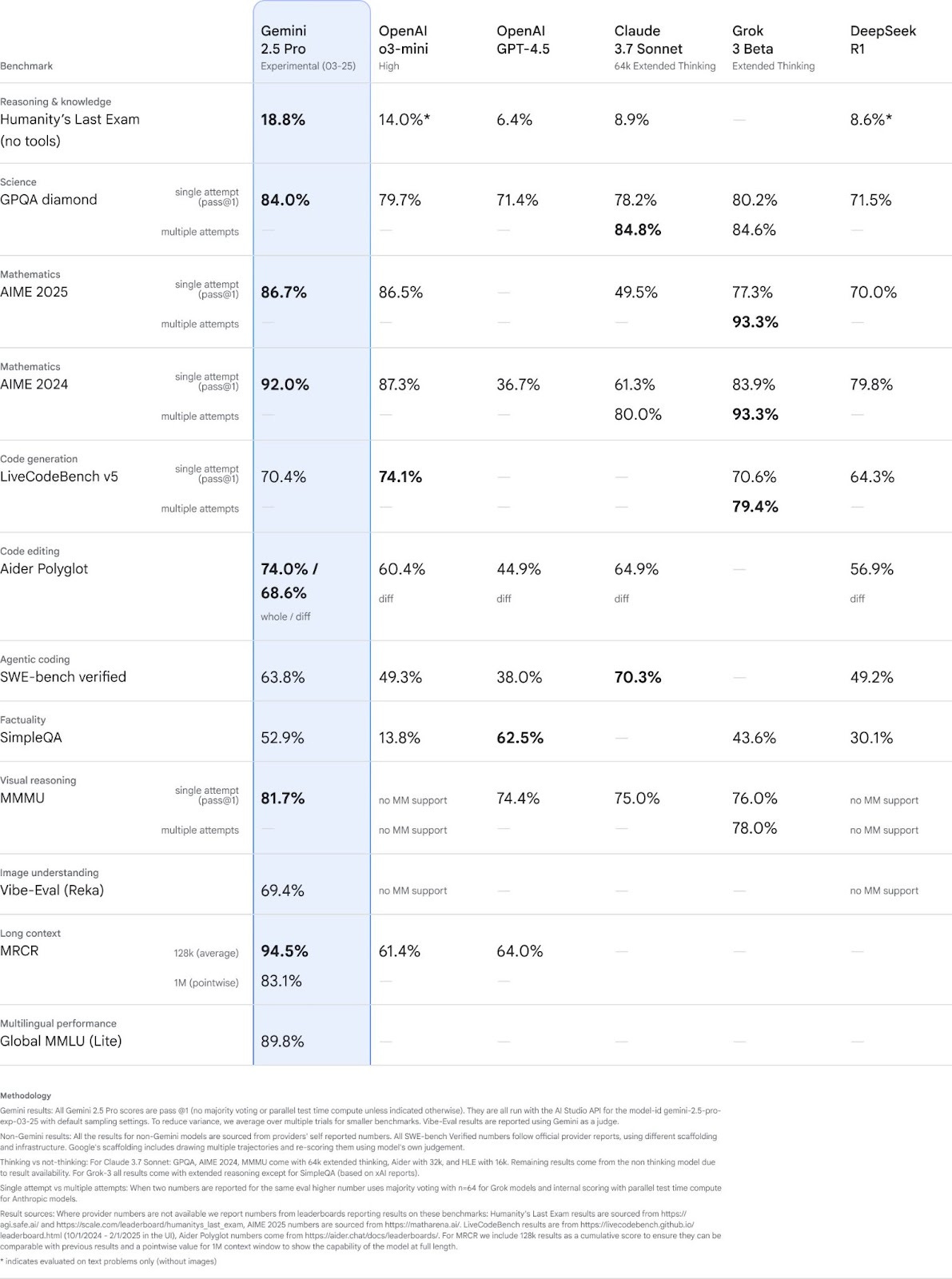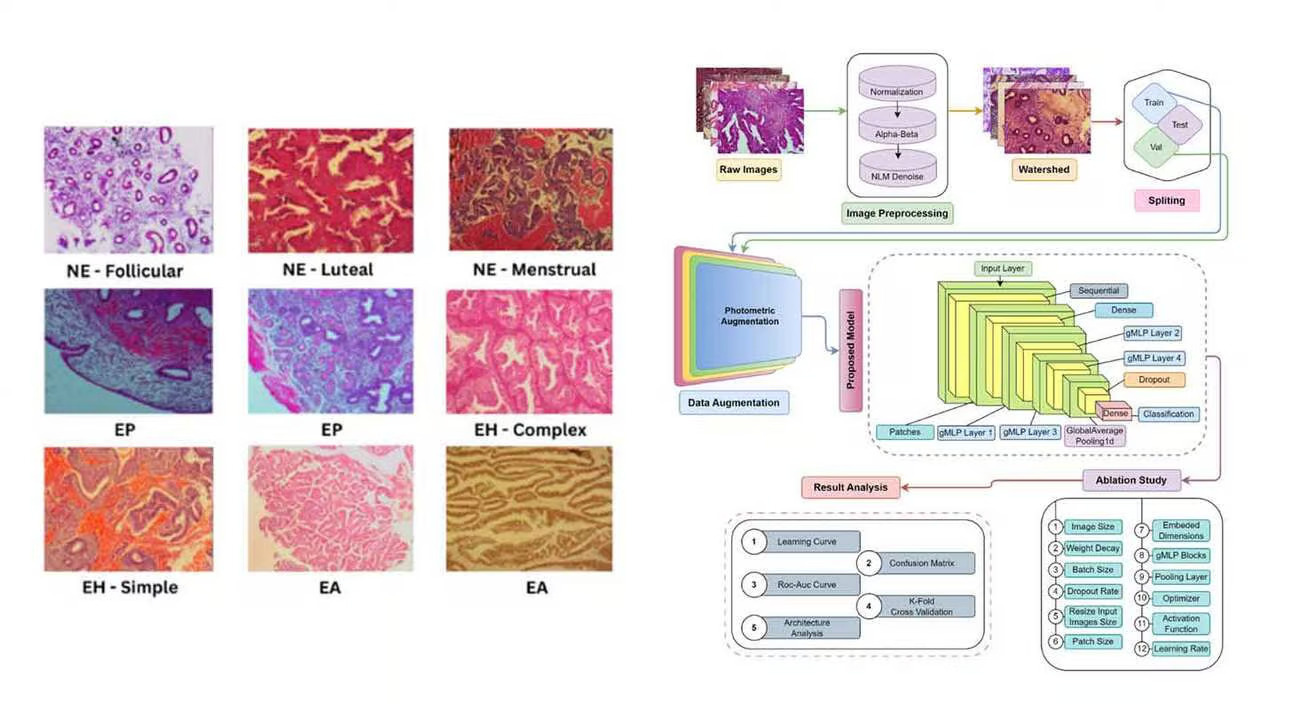Hello Engineering Leaders and AI Enthusiasts!
This newsletter brings you the latest AI updates in a crisp manner! Dive in for a quick recap of everything important that happened around AI in the past two weeks.
And a huge shoutout to our amazing readers. We appreciate you😊
In today’s edition:
♟️ ERNIE dominates ChatGPT in a chess showdown
🚀 Runway’s Gen-4 enters the market
🤖 OpenAI announces the launch of first open LLM since GPT-2
📜 Claude 3.7 sonnet to expand horizons with a 500k token context
🎨 Ghibli’s AI trend craze: Art or theft?
⚙️ DeepSeek releases update to its V3 model
🔬 AI can now detect cancer with 99% accuracy!
🛠️ Ideogram officially debuts 3.0
🧠 Knowledge Nugget: AI progress is about to speed up by
Let’s go!
ERNIE dominates ChatGPT in a chess showdown
Baidu’s ERNIE 4.5 took on ChatGPT at Chinese chess, winning all three matches by delivering a fascinating 10-move checkmate. The model dominated the game, showcasing excellent logic, strategy, and precision.
Why does it matter?
ERNIE 4.5’s win displays unmatched logic, precision, and decision-making, reinforcing China’s progress in specialized AGI development and strategic AI problem-solving. It will be interesting to see how other AI models fare against it.
Runway’s Gen-4 enters the market
Runway has launched a new series of state-of-the-art AI models for media generation and world consistency, named Gen-4. The model uses visual references and instructions to create new images and videos with consistent styles, subjects, and locations, without fine-tuning or additional training.
Why does it matter?
Gen-4 represents a new level of AI-powered automation in creative workflows, integrating seamlessly into film, gaming, AR/VR, and even UX/UI design pipelines. It’s another step toward AI-powered virtual world-building, bridging the gap between concept and execution with unprecedented ease.
OpenAI announces the launch of first open LLM since GPT-2
Open AI CEO, Sam Altman, has announced the launch of the first “open” Large Language Model since GPT-2. The company has published a feedback form on its website, inviting developers, researchers, and members to fill out questions like, “What would you like to see in an open-weight model from OpenAI?” and “What open models have you used in the past?
Why does it matter?
This move responds to the rise of open alternatives like Meta’s Llama, Mistral, and Falcon, which have gained traction among enterprises looking for customizable AI solutions. It seems like OpenAI is re-entering the open model race to stay relevant in this space.
Claude 3.7 sonnet to expand horizons with a 500k token context
Anthropic seems to be getting ready to increase the context window of its Claude 3.7 from 200k to 5020k via a significant upgrade, evident through newly added feature flags. This window would enable processing vast amounts of information without relying on RAG. This could enhance tasks like document analysis, summarization, or complex code management.
Why does it matter?
With this expanded context window, users can input and process more extensive datasets and code bases in a single session, likely transforming enterprise workflows and coding environments.
Gemini 2.5’s performance shatters leaderboards
Google has released a new family of AI models, Gemini 2.5. The first among them, Gemini 2.5 Pro Experimental, has shattered all common benchmarks, showcasing strong reasoning and coding abilities, making it one of the most intelligent models.
Currently available for Google AI Studio and the Gemini app for advanced subscribers, take a look at the model’s noteworthy features:
-
The model leads across benchmarks requiring advanced reasoning capabilities in math and science benchmarks like GPQA and AIME 2025.
-
It excels in visually stunning web apps and agentic code, achieving a 63.8% on the SWE-Bench Verified with a custom agent set-up.
-
It also scored an 18.8% across models without tool use on Humanity’s Last Exam dataset.
Why does it matter?
Gemini 2.5 Pro has set new benchmarks in AI by advancing agentic capabilities, making “thinking” a standard rather than a premium offering. It has challenged and outperformed rivals like OpenAI and Anthropic in key metrics.
Ghibli’s AI trend craze: Art or theft?
Earlier this week, social media was flooded with AI-generated renditions of images in the Studio Ghibli style, thanks to a new version of ChatGPT that lets users copy the popular style of Ghibli founder Hayao Miyazaki.
However, the trend raised ethical concerns about AI using copyrighted art, sparking debates on human creativity and artists’ livelihoods in an algorithm-driven era.
A tweet shared by a user highlighting this concern:
Why does it matter?
This issue highlights the growing tension between AI’s ability to mimic distinctive artistic styles and copyright protection for human artists’ work. It raises fundamental questions about fair use, creative attribution, and how we’ll balance technological innovation with protecting artistic livelihoods.
DeepSeek releases update to its V3 model
DeepSeek released an upgrade to its LLM model, DeepSeek-V3-0324. The model displays enhanced coding abilities, mathematical problem-solving, and reasoning. Its latest iteration introduces optimized front-end web development capabilities and improved proficiency in Chinese writing.
Take a look at some of its key features:
-
The model is MIT-licensed, open-sourced, and free for commercial use.
-
According to testers, it runs smoothly on Apple’s Mac Studio computers.
-
The update uses a ‘precision-tuned’ Mixture-of-Experts, intelligently engaging only 37 billion parameters per token, significantly reducing computational demands.
Why does it matter?
DeepSeek-V3-0324 disrupts AI competition with open-source accessibility, precision-tuned efficiency, and enhanced coding, reasoning, and Chinese language skills, offering powerful performance with lower computational costs. With its rumoured R2 model, DeepSeek could emerge as a serious industry leader.
AI can now detect cancer with 99% accuracy!
Researchers from Daffodil International University in Bangladesh, Charles Darwin University, the University of Calgary, and Australian Catholic University have developed an AI model named ECgMPL that can detect endometrial cancer with 99.26% accuracy.
The model examines microscopic tissue images used in disease analysis, enhances image quality, and identifies the most critical areas to analyze the tissue. The automated diagnosis is roughly around 78.91 per cent to 80.93 per cent.
It has also been able to diagnose colorectal cancer with 98.57% accuracy, breast cancer with 98.20% accuracy, and oral cancer with 97.34% accuracy.
Why does it matter?
The ECgMPL model could enhance clinical processes and be used to quickly and accurately detect and diagnose diseases, improving patient outcomes and decision-making.
Ideogram officially debuts 3.0
Ideogram has officially announced the launch of its model 3.0, which represents a significant breakthrough in realism, creative expression, and style consistency. Not only does the model rival top systems like GPT-4o, but its innovative features and performance are worth watching out for.
-
The model adds style references, letting creators guide AI generations with images for precise aesthetics.
-
It revolutionizes text generation, enabling precise, stylized designs for advertising, marketing, and professional creatives.
-
The model empowers small businesses with fast, affordable logo, poster, and product design, as well as scalable batch generation.
-
It also enhances realism, enabling lifelike imagery with intricate backgrounds, precise lighting, and rich details.
Why does it matter?
Ideogram 3.0 pushes AI-generated imagery to new heights with superior photorealism, accuracy, and speed. Surpassing competitors like Imagen 3, its free access empowers designers and creators, driving AI-powered creativity into a transformative new era.
Enjoying the latest AI updates?
Refer your pals to subscribe to our newsletter and get exclusive access to 400+ game-changing AI tools.
When you use the referral link above or the “Share” button on any post, you’ll get the credit for any new subscribers. All you need to do is send the link via text or email or share it on social media with friends.
Knowledge Nugget: AI progress is about to speed up
In this article, explains how the AI industry is poised for its biggest capability jump since GPT-4, according to a comprehensive analysis. While progress has seemed incremental since early 2023, that’s about to change dramatically. The next wave of AI models will use 10- 100x more compute than GPT-4, with a typical training compute of around 3e26 FLOP running on approximately 100,000 H100 GPUs. This scale-up should deliver massive improvements in programming, math, and reasoning capabilities, though we’ll still see limitations in agent capabilities and long-context coherence.
Why does it matter?
This compute-driven leap could reshape the AI landscape more significantly than any development since GPT-4’s release. For businesses and developers, these changes mean both opportunities and challenges. The most significant economic impacts might come not from headline capabilities like math solving, but from more mundane improvements in planning and adaptation.
What Else Is Happening❗
🤖 OpenAI adopts Anthropic’s model context protocol, expanding ChatGPT’s integration with external data and software.
💼 Microsoft 365 Copilot introduces Researcher and Analyst, two new AI agents for seamless workflow research and data analysis.
💬 xAI integrates Grok chatbot into Telegram, offering Premium users advanced AI assistance at no extra cost.
🛍️ Amazon introduces ‘Interests,’ an AI-driven shopping tool that scans stores to suggest products via natural language prompts.
🎨 Midjourney announced in its weekly Office Hours session that its highly anticipated V7 model is set to launch soon.
📊 Tencent’s Hunyuan-T1 reasoning model achieves benchmark parity with OpenAI’s o1, signaling a significant AI advancement.
🔧 Vogent AI unveils self-improving voice agents that learn from failures and eliminate the need for prompt engineering.
📈 Figure announces BotQ, a manufacturing facility set to produce 12,000 humanoid robots annually, with plans to scale to 100,000.
🚀 Mistral AI launches Small 3.1, a fast, open-source multimodal model with a 128k context window, surpassing Gemma 3 and GPT-4o Mini in key benchmarks.
📝 Google launches Canvas in Gemini for collaborative document editing and coding, alongside new Audio Overviews integration.
New to the newsletter?
The AI Edge keeps engineering leaders & AI enthusiasts like you on the cutting edge of AI. From machine learning to ChatGPT to generative AI and large language models, we break down the latest AI developments and how you can apply them in your work.
Thanks for reading, and see you next week! 😊
Read More in The AI Edge









